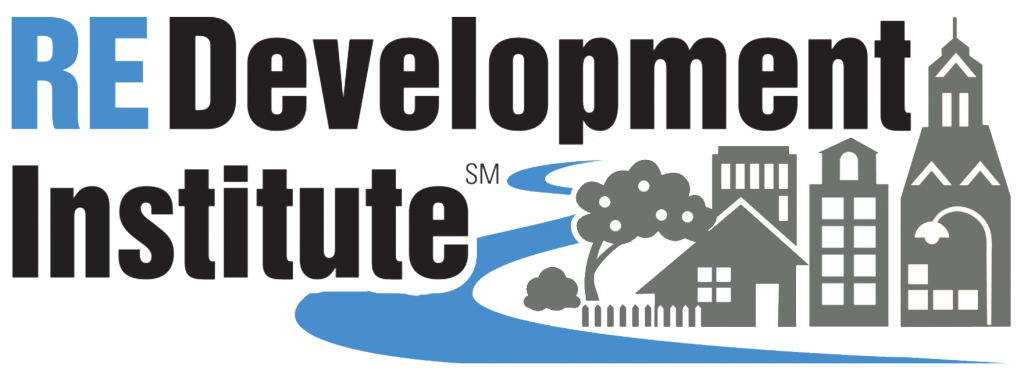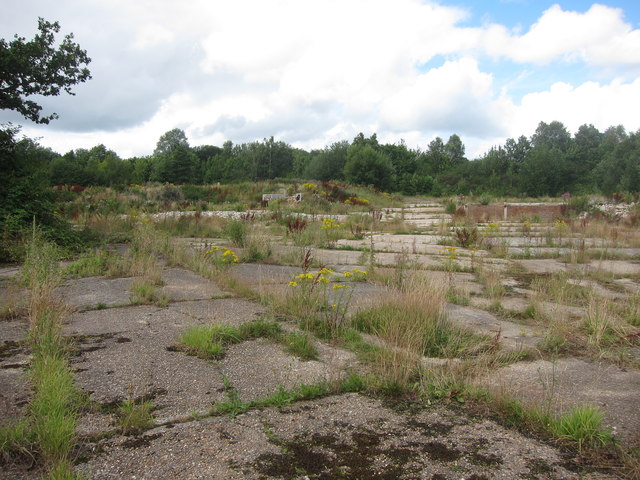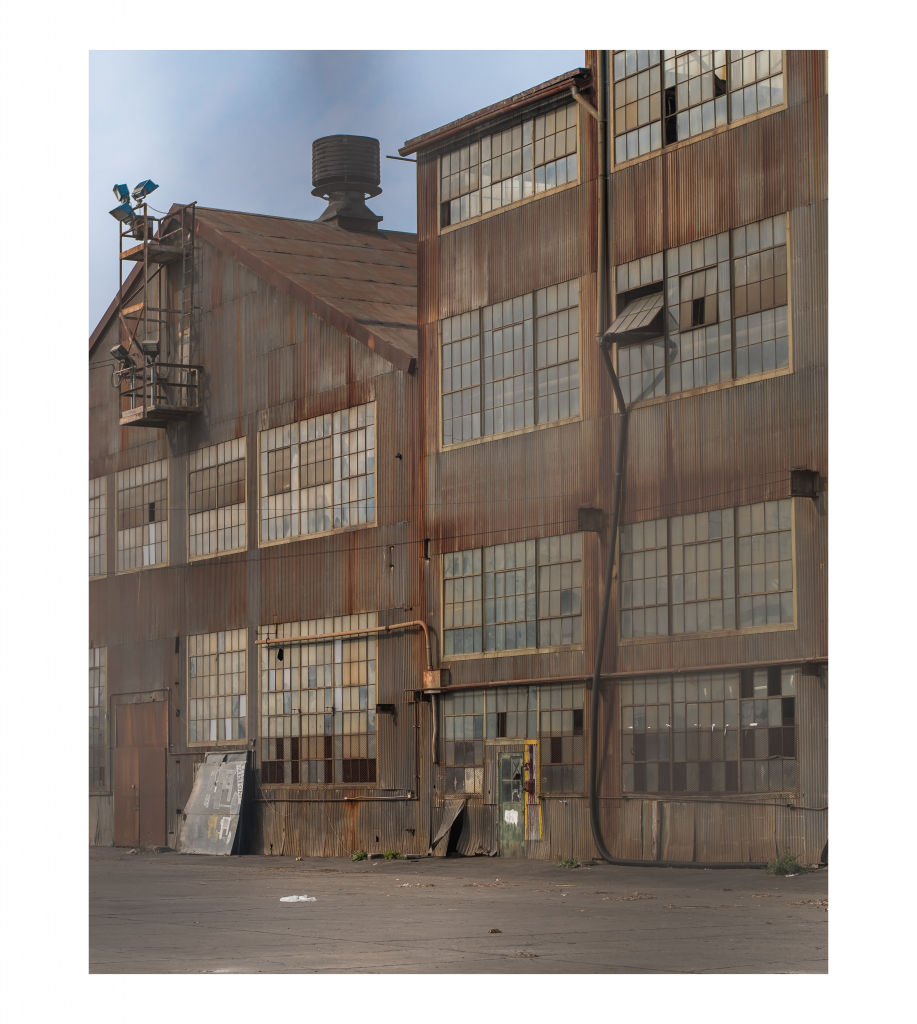In his recent op-ed, Roger Martella agrees with the strategy laid out in President Biden’s Build Back Better plan to focus public investments on the most dire brownfield sites in need of redevelopment. Martella notes that there is an established track record of how to successfully redevelop these sites, and still over 450,000 brownfields across[…]
Investor alert! An Opportunity Zone Prospectus has been developed for the city of Belfast, Maine. Situated in the heart of Maine’s coastal region, Belfast is located 45 miles from Maine’s capital of Augusta, 30 miles from the City of Bangor, and 80 miles from Maine’s largest city of Portland. The City is known for its[…]
The Environmental Protection Agency’s (EPA) Office of Brownfields and Land Revitalization recently released a report with findings on the environmental benefits of brownfield redevelopment. The study compared environmental impacts of development at brownfield sites to those at sites that had previously been undeveloped or located in non-urban areas. The key finding is that brownfield redevelopments[…]
Gain insights on how residential and commercial markets have been affected by COVID-19, and what communities can do not to help themselves take advantage of current or forecasted market trends when considering brownfields redevelopment. Webinar now available on demand sponsored by the EPA’s Office of Brownfields and Land Revitalization Presenters: Juliet Burdelski, Vita Nuova, LLC[…]
Earlier this month, Heartland Forward released its annual report highlighting the country’s most dynamic micropolitan regions—defined as communities with a population between 10,000 and 50,000 people. Consistent with the organization’s focus on improving the economies of America’s heartland through job creation, inclusive growth, and improved health outcomes, Heartland Forward conducts this assessment to allow local[…]
This is an evolving story of how a small town in California banded together with an industrial owner of a former manufacturing site and a developer to create a dynamic new job center. Working together, they overcame legacy environmental impacts, a bottleneck of transportation infrastructure, and lack of jobs for the growing middle-class population. Hear[…]
As our nation debates a range of public safety and policing issues, the planning community can do its part by creating built environments that intentionally deter crime. The National Institute of Crime Prevention has a professional designation of Crime Prevention through Environmental Design (CPTED) that provides multi-disciplinary training on the architectural and design elements that[…]
Changing a site to something productive takes vision and persistence over a long period of time. This type of work also requires new and creative partnerships. The Overland Jeep 80-acre site in Toledo, Ohio is a great example of working partnerships. Communities consistently make similar common mistakes when going through the long-term recovery process —[…]
Changing a site to something productive takes vision and persistence over a long period of time. This type of work also requires new and creative partnerships. The Overland Jeep 80-acre site in Toledo, Ohio is a great example of working partnerships. From 1888 to 2006, the site was home to Toledo’s century-old automobile manufacturing hub,[…]
On June 4, 2020, the Department of Treasury and IRS issued Notice 2020-39. This Notice modifies the deadlines contained in Notice 2020-23 as described in my May 21st article. The new Notice issued on June 4th provides additional extensions of time to investors of qualified opportunity funds (QOFs) in response to the COVID-19 pandemic. Specifically,[…]









